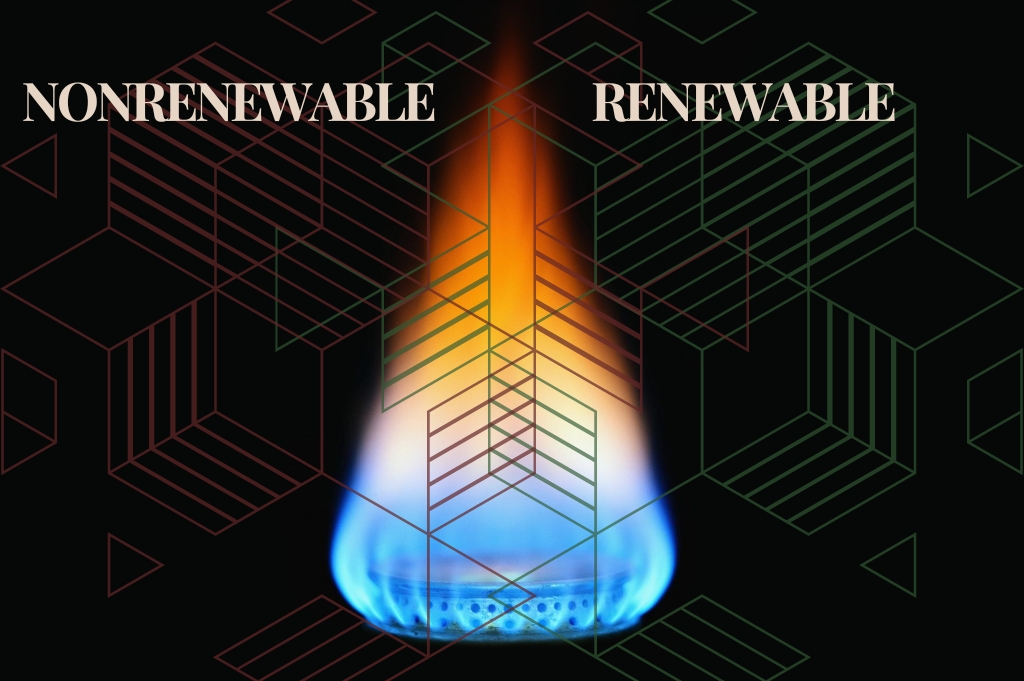As one of the primary fuels powering our homes, industries, and electricity generation, the nature of natural gas—whether it can be considered a part of our sustainable energy future or a relic of our fossil-fuel-dependent past—has profound implications.
The classification of natural gas as a renewable or nonrenewable resource is a topic of significant debate and importance. Both sides of the argument come with solid claims for their theories.
Today, we would like to discuss this subject in a greater detail.
Is Natural Gas Renewable?
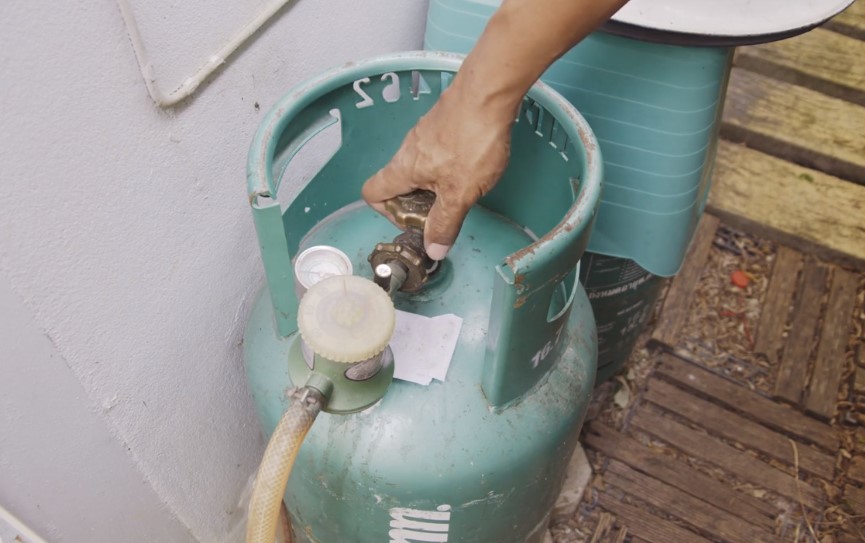
Natural gas is not a renewable resource. It is primarily composed of methane, and is a topic of debate when discussing renewable versus nonrenewable resources.
The main reason for it to be considered like this is its formation from organic matter over millions of years, making its replenishment rate significantly slower than its consumption rate.
| Type of Methane | Source | Renewable or Nonrenewable | Environmental Impact |
|---|---|---|---|
| Traditional Methane | Fossil Deposits | Nonrenewable | High (Extraction and use lead to significant environmental degradation) |
| Biogenic Methane | Landfills, Agricultural Settings | Potentially Renewable | Mixed (Contributes to greenhouse gas emissions, but renewable aspect offers potential for sustainable use) |
Renewable vs. Nonrenewable Energy Sources

The distinction between renewable and nonrenewable energy sources is crucial in understanding our impact on the environment and how we can sustainably power our future.
Renewable energy sources, such as wind, sunlight, and water, are characterized by their ability to naturally replenish.
These sources are virtually inexhaustible and can be utilized repeatedly, making them a cornerstone for sustainable energy policies. In contrast, nonrenewable energy sources, including natural gas, coal, and oil, originate from finite resources that took millions of years to form.
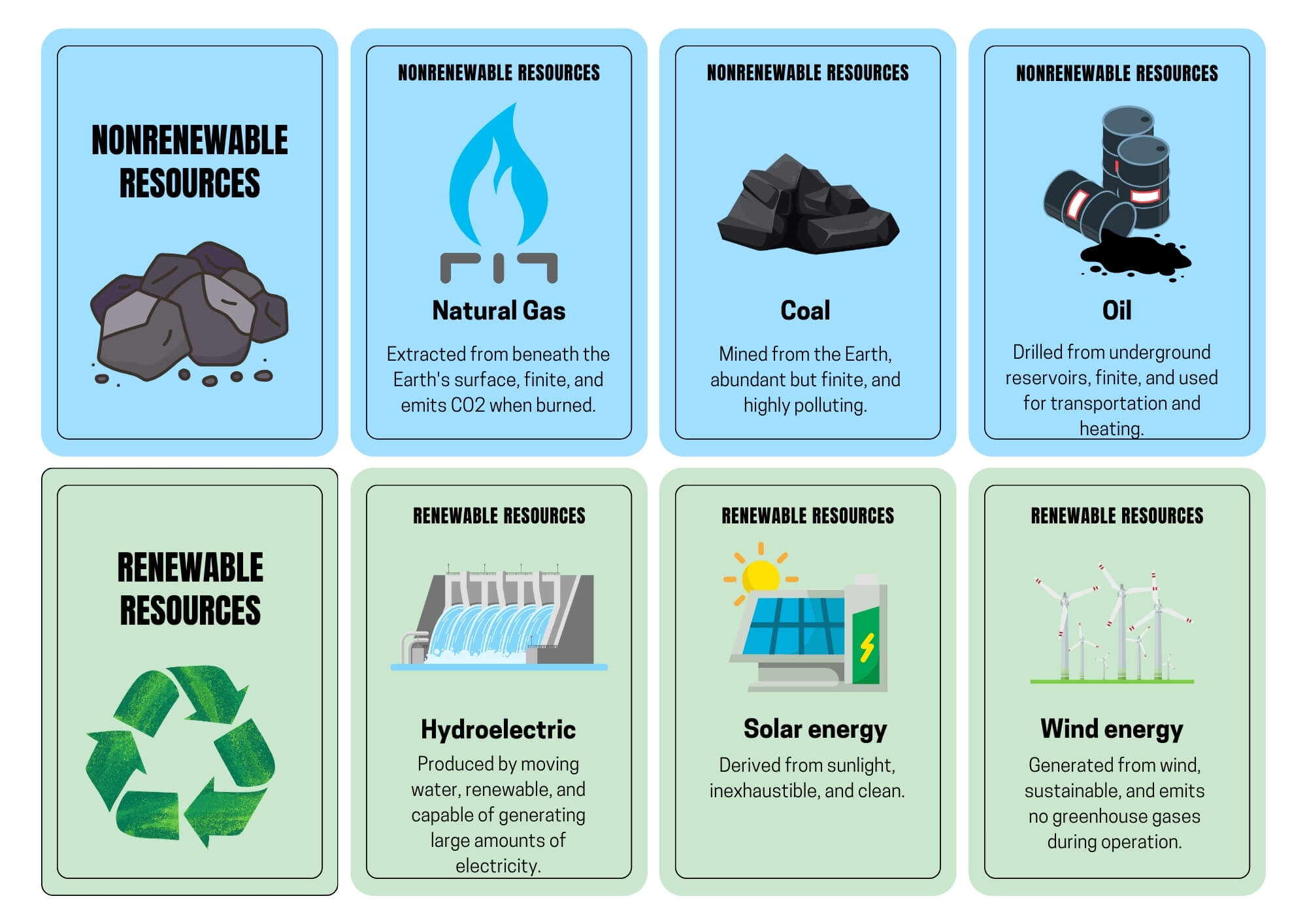
Once consumed, these cannot be replenished within a human timeframe, leading to depletion and various environmental concerns. The key difference lies in the sustainability and environmental impact of these resources, with renewable sources offering a path towards a cleaner, more sustainable energy future.
Environmental Impact of Natural Gas
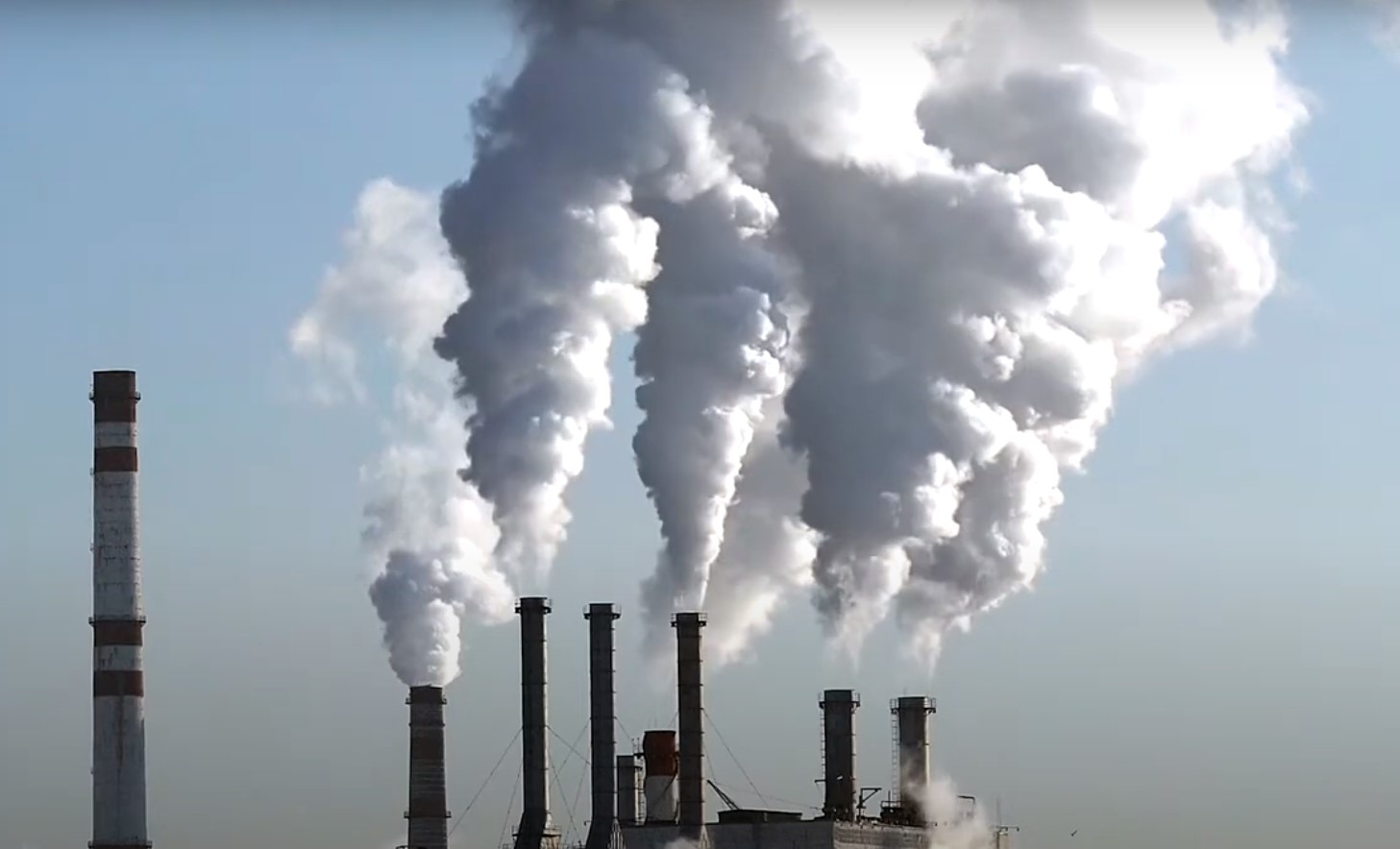
The environmental impact of natural gas is complex and multifaceted, presenting both challenges and benefits. While it is often marketed as a cleaner alternative to coal and oil, natural gas extraction and usage still pose significant environmental concerns.
Extraction Issues
Fracking is a common method of extraction and it involves injecting high-pressure fluid into shale formations to fracture the rock and release the gas. This process has several environmental impacts:
- Water Contamination: Fracking fluid, which contains various chemicals, can escape into groundwater if not properly managed. This contamination can affect drinking water sources and aquatic ecosystems.
- Land Disruption: The infrastructure required for fracking, including the drilling sites and access roads, can lead to significant disruption of land. This often results in habitat destruction and adverse impacts on local wildlife and biodiversity.
- Induced Seismicity: There is evidence that fracking is associated with increased seismic activity. Injecting fluids into the Earth can activate dormant faults, leading to earthquakes in regions not typically known for seismic activity.
Methane Emissions
Methane, the primary component of natural gas, is a potent greenhouse gas. Its impact on global warming is up to 84 times greater than carbon dioxide over a 20-year period, although it is more commonly noted as 25 times over 100 years.
Methane emissions from the natural gas sector come from a variety of sources:
- Leaks: During extraction, transportation, and distribution, methane can leak from wells, pipelines, and other infrastructure. These leaks not only contribute significantly to climate change but also represent a substantial loss of energy.
- Venting and Flaring: Methane is sometimes vented or flared into the atmosphere during oil and gas drilling operations. This practice, while sometimes necessary for safety reasons, releases large amounts of methane directly into the atmosphere.
Comparative Advantages
Despite its challenges, natural gas does offer environmental benefits when burned compared to other fossil fuels:
- Reduced Air Pollutants: Burning natural gas produces fewer particulate emissions, sulfur dioxide, and nitrogen oxides than burning coal or oil. This leads to improved air quality and lower incidences of respiratory issues associated with air pollution.
- Carbon Efficiency: When combusted, natural gas emits up to 60% less carbon dioxide than coal for the same amount of energy produced, making it a more carbon-efficient fossil fuel.
The Future of Natural Gas
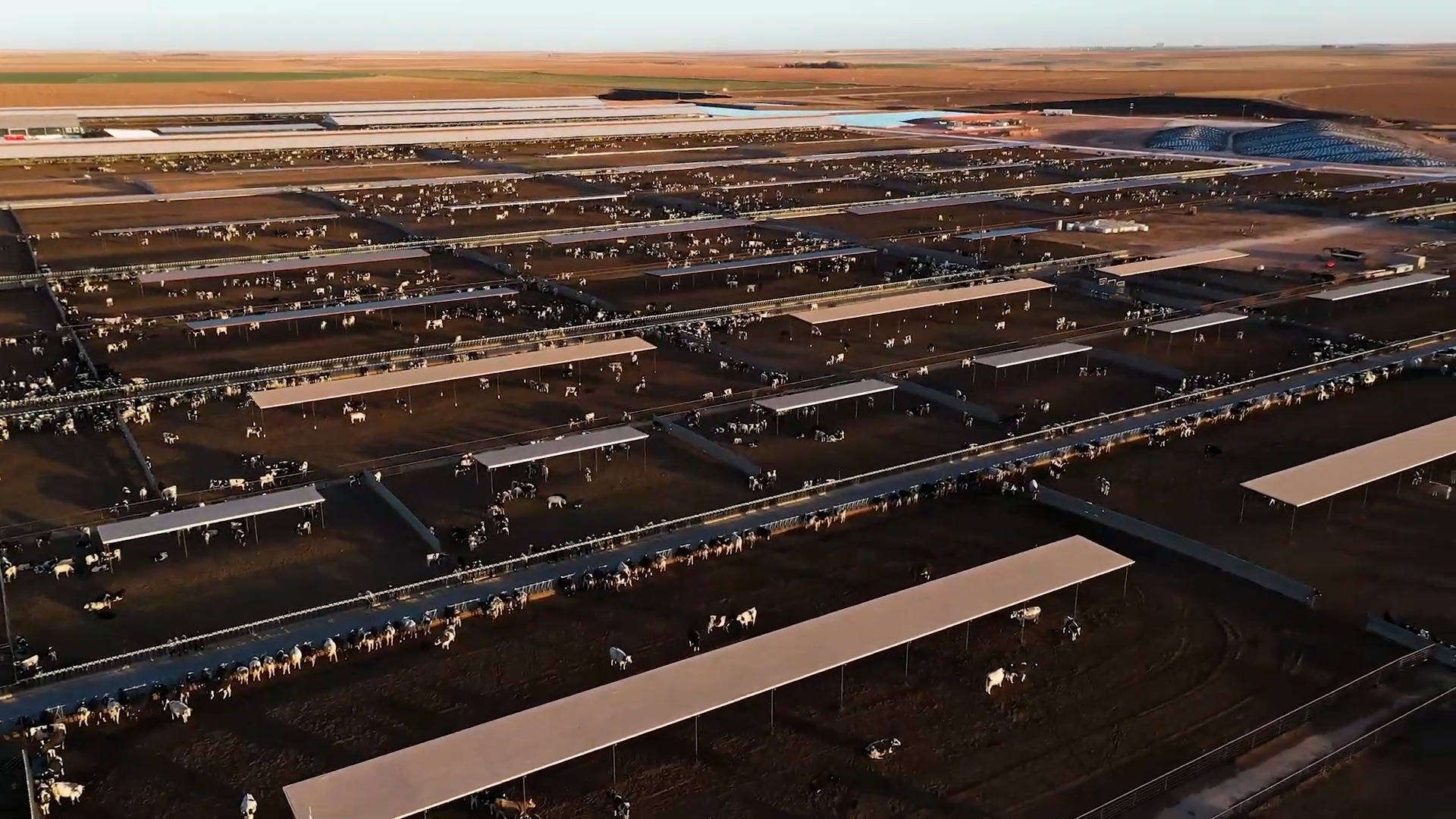
The future of natural gas is at a pivotal crossroads as the global community intensifies its search for sustainable energy solutions.
Amidst this search, Renewable Natural Gas (RNG) is a beacon of potential, offering a pathway to mitigate some of the environmental detriments traditionally associated with natural gas.
RNG, derived from the decomposition of organic waste in landfills, agricultural processes, and wastewater treatment plants, represents a circular approach to energy production, transforming waste into power and significantly reducing methane emissions—a potent greenhouse gas.
Including RNG into the existing natural gas infrastructure could seamlessly transition the energy sector towards more sustainable practices without the need for extensive new pipelines or technologies.
The compatibility with current systems makes it an attractive option for immediate reductions in greenhouse gas emissions, aligning with global climate goals.
The scalability of RNG production and its capacity to fulfill the burgeoning global energy demand pose significant hurdles.
The current production levels of RNG are insufficient to replace conventional natural gas entirely, necessitating continued innovation and investment in this area.
The Bottom Line
While natural gas plays a significant role in the current energy landscape, its classification as a nonrenewable resource and its environmental impact highlight the urgency for a transition to renewable energy sources.
The exploration of renewable aspects, such as biogenic methane, offers potential yet does not negate the environmental challenges posed by traditional natural gas extraction and use.

